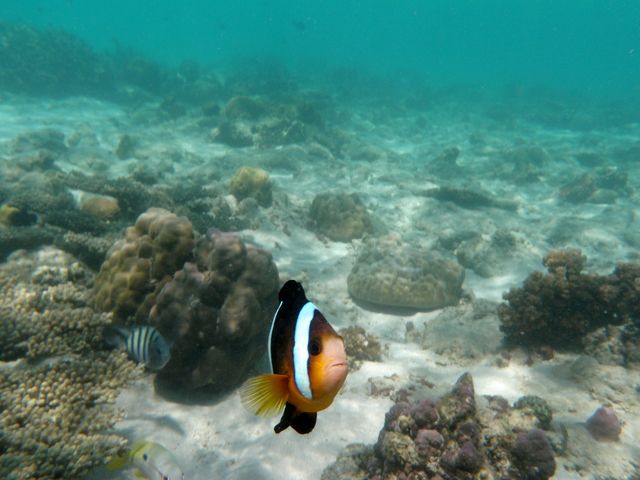
Mining deep-sea mineral deposits is on the horizon, but how will this new process affect the environment?
It’s long been known that the seabed is a rich source of extractable minerals and deposits, often in higher concentrations than terrestrial mines. As consumption of raw minerals increases and global stocks dwindle, mining mineral deposits from the ocean depths makes increasing sense. But how will this new process affect the environment?
How does it work?
Seabed mining (SBM) is basically an experimental industrial field, which involves scouring the ocean floor for submerged minerals such as silver, gold, copper, cobalt, and zinc. Sand is sucked up into a floating production vessel where the minerals are extracted and the unwanted material is pumped back down to the seabed.
Why are environmentalists concerned?
The worry is that sand sucked up and deposited back onto the sea floor could cause sediment plumes to disperse over a large area. This would reduce light, which could affect the growth and survival of animals and invertebrates in the area. Not only that, but the mining process could displace invertebrates that live in the sand and ‘smother’ other life forms.
Small single-celled organisms that could be impacted play an important part in the food chain, but also help form miniature coral reefs that provide habitats for other sea creatures.
Should we be worried?
At the moment very little is known about the environmental impact of seabed mining, as the practice itself is in its infancy. While scientists agree that new sources of minerals will be necessary to make up for the shortfall in terrestrial resources, they are concerned about the long-term effects on the health of the ocean.
However, what we also don’t yet know is the clever engineering solutions the industry will develop to prevent or lessen these plumes and their potential impact.
What’s happening internationally?
The International Seabed Authority (ISA) recently held an international workshop, which included Australia and New Zealand, to try to develop an environmental strategy on deep seabed mining. It wants to work towards improving existing regulations and ensuring that development of seabed minerals does not cause serious and permanent damage to the marine environment.
Meanwhile, New Zealand’s Environmental Protection Authority has approved Trans-Tasman Resources’ application to mine iron sands from the South Taranaki Bight seabed. The project still faces some tough opposition from environmental activists such as Kiwis Against Seabed Mining.
It’s still very early to tell what the outcomes will be, but as more projects get the green light, and more research is undertaken, it’s hoped responsible seabed mining practices will produce the best results all round — including for the environment.
If you’re looking for your next job in the mining industry, get in touch with Mining People International.